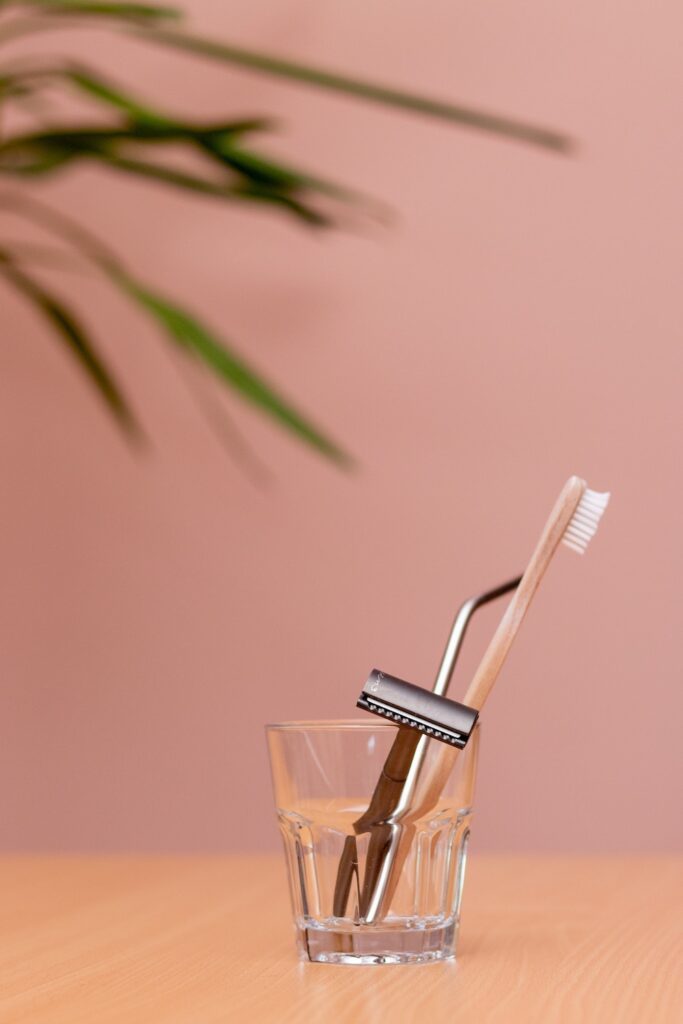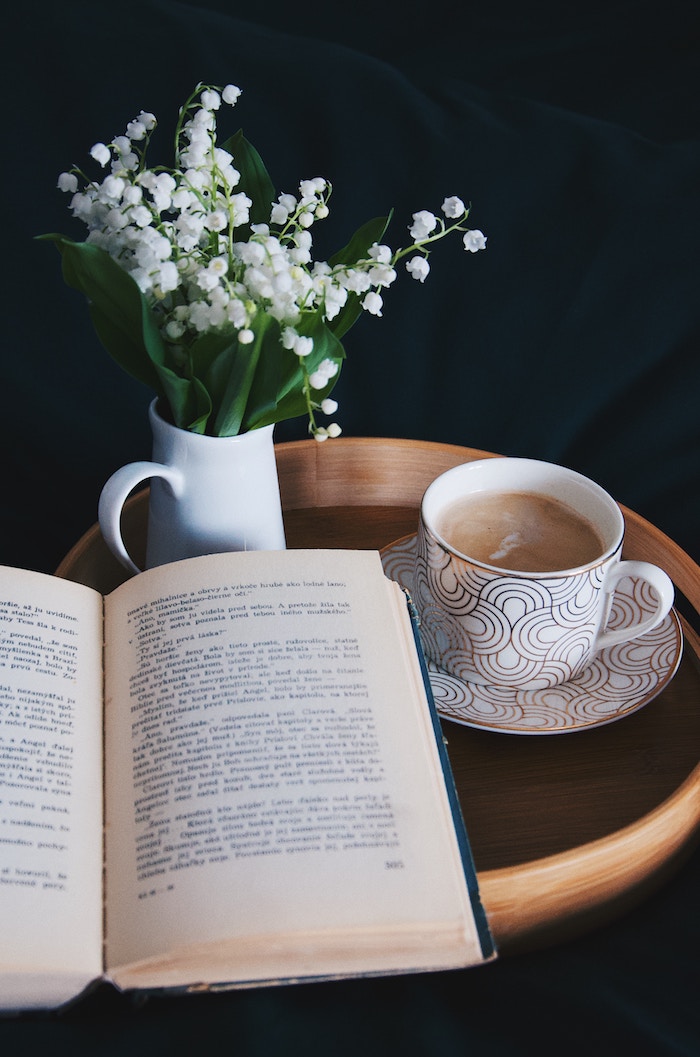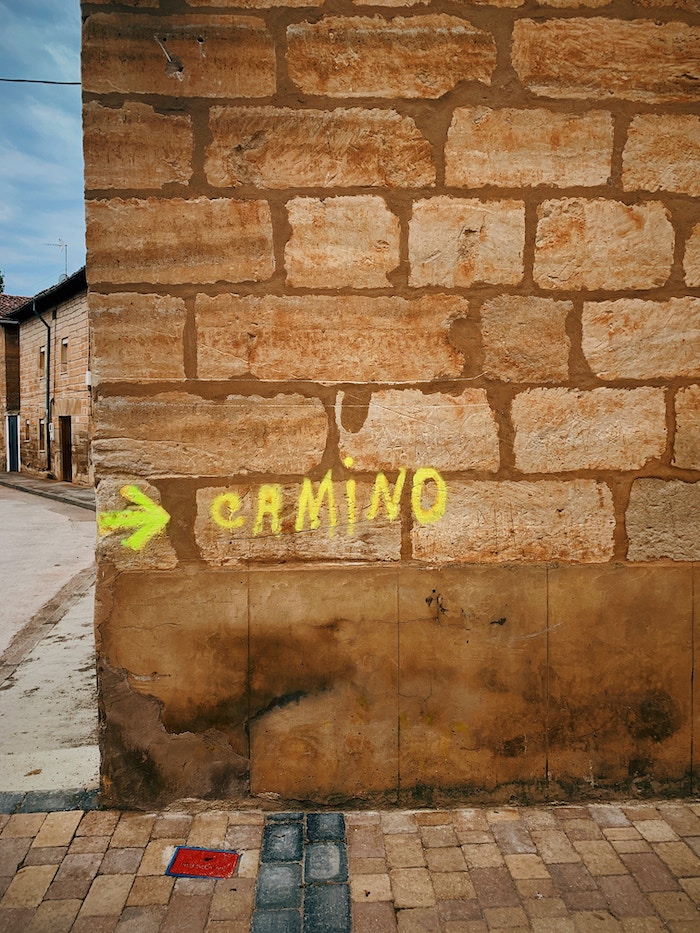By now most of us are aware of the growing plastic pollution pandemic in the world. According to the UN Environment Programme (UNEP), 300 million tonnes of plastic every year, and most of it is not recycled; in fact a small 9% of all plastic actually gets recycled, the rest is left to pollute the planet. It is also estimated that 73% of worldwide beach litter is plastic, adding harmful plastics into our rivers and oceans. Since plastic is built to be durable, they are resistant to degradation and usually do not ever fully go away, they simply break down into smaller and smaller pieces known as microplastics. Microplastics enter human bodies through absorption and inhalation; the average person will actually consume 70,000 microplastics each year, according to a study published in Environmental Pollution. Microplastics have already been found in our lungs, livers, spleens, and kidneys, and a recent study has even found microplastics showing up in the placentas of newborn babies. Lessening plastic usage is therefore imperative. Celebrating Plastic Free July is an excellent way to jumpstart a sustainability passion, or a way to continue practicing. But, an even better way to show your passion is to practice living plastic-free all year long.

What is Plastic-Free July?
Plastic-Free July is not a new method of zero waste living involvement by any stretch. The founding of Plastic-Free July dates back to 2011 and can be credited to Rebecca Prince-Ruiz along with a small team in local government in Western Australia.
Price-Ruiz has revealed that her passion began as a child when she lived on a small farm in Southwest Australia which she subsequently lost around age eight, due to brush clearing bans. She also explained that seeing the great amounts of plastic that exists is really what spurred the creation of the challenge we know today. She says, “When I visited a recycling facility and saw the volume of waste we produce, and understood the complex process of what happens to our waste once we throw it away, it made me realize that I wasn’t doing the planet a favor by filling up the recycling bin.”
How to participate—in July and beyond
So what can one do to practice Plastic-Free July this month and every month? There are several different ways to implement these strategies into everyday life. Some are free, some require some new purchases, and some simply require creativity and open-mindedness.
- The easiest way to lead a more sustainable lifestyle is to use what you already have. Instead of running out and getting new reusable zip loc bags or cutlery, use that washed takeout container and plastic utensils.
- When items in everyday life begin to run out, replace them with plastic-free alternatives. These are reusable bags, reusable scrub (in lieu of paper towels), bamboo and metal straws, reusable coffee cups and cutlery, and shampoo and conditioner bars.
- Buy pantry staples in bulk, stocking up on household and beauty products at local refillery shops.
- Support companies with environmental seals and certifications.
- Break down into household categories like in the bathroom, in the kitchen, at work, at school, decorations, pet care, and others. This can help you eliminate plastic completely in one area of your life, and then the next and then the next.
- Check out the Plastic-Free July website for lists and tips that are extremely helpful. Also, there is a multitude of small businesses around the world that carry products that help people live more plastic-free lifestyles as well as online stores like Zero Waste Store.
- While aluminum and pulp (trees) both carry their own footprint, both are infinitely more recyclable than plastic. Look for aluminum or pulp beverages and failing that, glass. Of course, drinking water from your own bottle is the most sustainable option.
All in all, going plastic-free is a personal journey that needs to fit your lifestyle as best as it can. Practicing zero waste methods are very important but it is also important to be easy on yourself. We must remember that there is not one best way to be sustainable or even plastic-free and it will look imperfect a lot of the time. But that is okay, different people have different abilities and capacities to be an environmentalist.
Simply being open to making small, everyday changes and learn from those around you is an amazing first step to making the world a better, safer, and cleaner place. When talking to people about living more sustainably, I like to bring up a quote by Anne Marie Bonneau, also known as Zero Waste Chef, “We don’t need a handful of people doing zero waste perfectly. We need millions of people doing it imperfectly.” If everyone made small choices everyday that were better for the environment, it truly can make such an immense difference.
Get more like this—Sign up for our daily inspirational newsletter for exclusive content!
__
Photo: Oana Cristina via Unsplash




